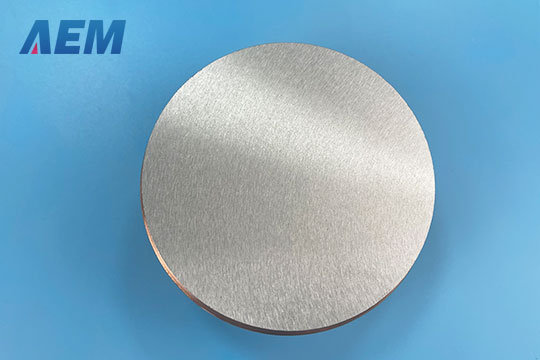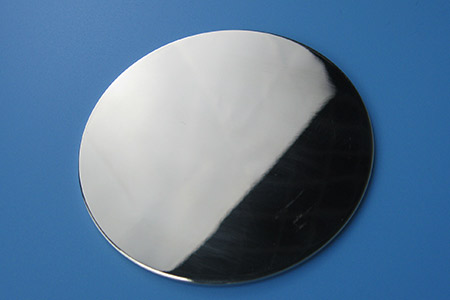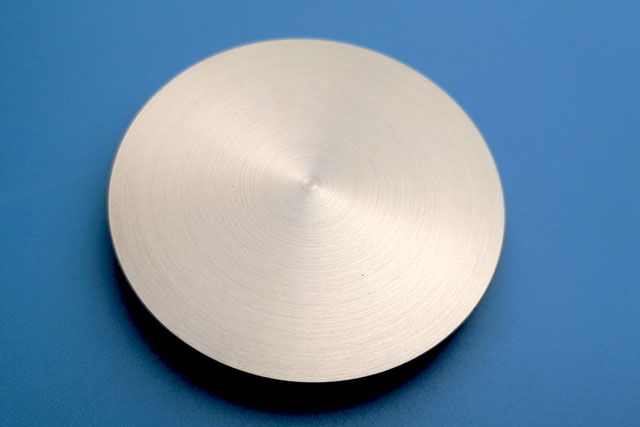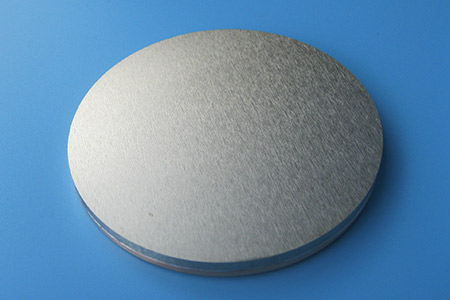Alloy Sputtering Targets Production
views, Updated: 2021-09-28
There are several different ways to manufacture sputtering targets. There are two major categories of processing techniques to initially consolidate the raw materials that eventually end up as a sputtering target. These can be broadly classified as either vacuum melting or powder metallurgy. Sputtering Targets manufacturers need to choose the proper method of consolidation that best suits the metallurgical criteria required for the finished product depending on the target's composition. Here, AEM Deposition shares the Vacuum Melting details.
Alloy Sputtering Targets Production Method: Vacuum Melting
When sputtering targets, manufacturers produce alloy targets. They usually use the vacuum method. Vacuum melting can be accomplished in a variety of ways as below:
Arc melting
Induction melting
Resistant heating
Levitation
These are all variations of systems that essentially heat the various constituents, either elemental or pre-alloyed, that compose the target's final composition. These materials are weighed out according to the required specifications and then heated within the confines of a vacuum chamber to a temperature high enough to melt, or liquefy, the entire lot, or batch, of material being processed. It may be necessary to process the melt further while in the liquid state, depending on the constituents' ability to mix.
For elemental materials, this is unnecessary, but for binary or multi-elemental complex alloys, the associated constituents may not want to combine or react with one another. This inability to alloy in the liquid state (like oil and water, for example) may be due to non-polar molecules trying to mix with polar molecules, differential viscosities, surface tension.
Some additional processing is required in such cases, such as mechanical agitation, a magnetic or electrical field may need to be applied. An inert bubbling gas may be introduced to assist further mixing the various liquid components before solidification. In some instances, it may be necessary to implement a rapid solidification technique to freeze in a non-equilibrium state during the cooling through the liquidus. Additional problems may arise if one of the constituents being alloyed has a boiling point below the other components' melting point. The lower temperature material boils away before the complete lot is molten. It is necessary to confine the liquid solution in an enclosed environment within the vacuum chamber in these situations.
Once the alloy that is being produced is in the liquid state, it is then cooled through the liquidus to form a solid ingot. Depending on the ingot's specific composition, it is then mechanically worked in some fashion to form a plate. The ingot is rolled, and cross rolled to a given gauge or thickness suitable for finish machining to the required geometrical specifications of the target being produced for ductile compositions. The ingot may, or may not, require additional annealing (heat treatment) steps between reduction stages depending on the material composition being fabricated. For brittle materials, the ingot is hot forged into the suitable plate thickness. Once the material is in plate form, it is then finish machined to the final dimensional tolerances via numerically controlled equipment.
LATEST NEWS
2025-05-29
2025-05-22
2025-05-09
2025-04-09
2025-04-09
 +86-731-89578196
+86-731-89578196
 [email protected]
[email protected]
















